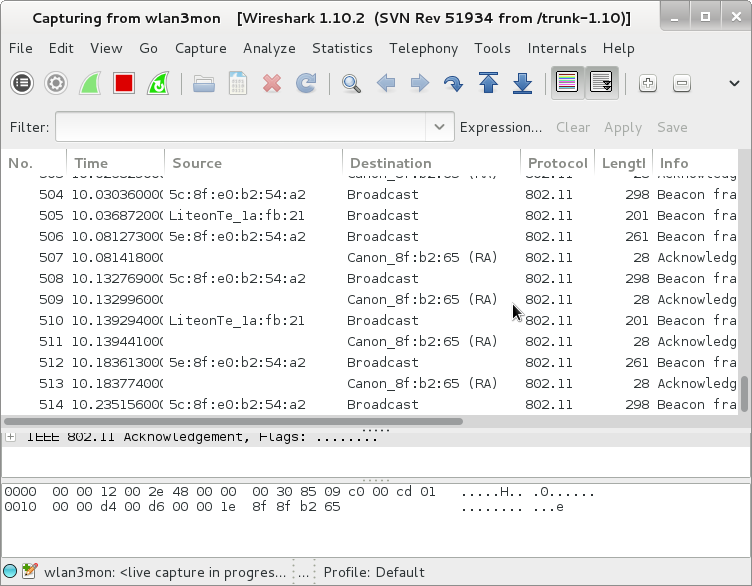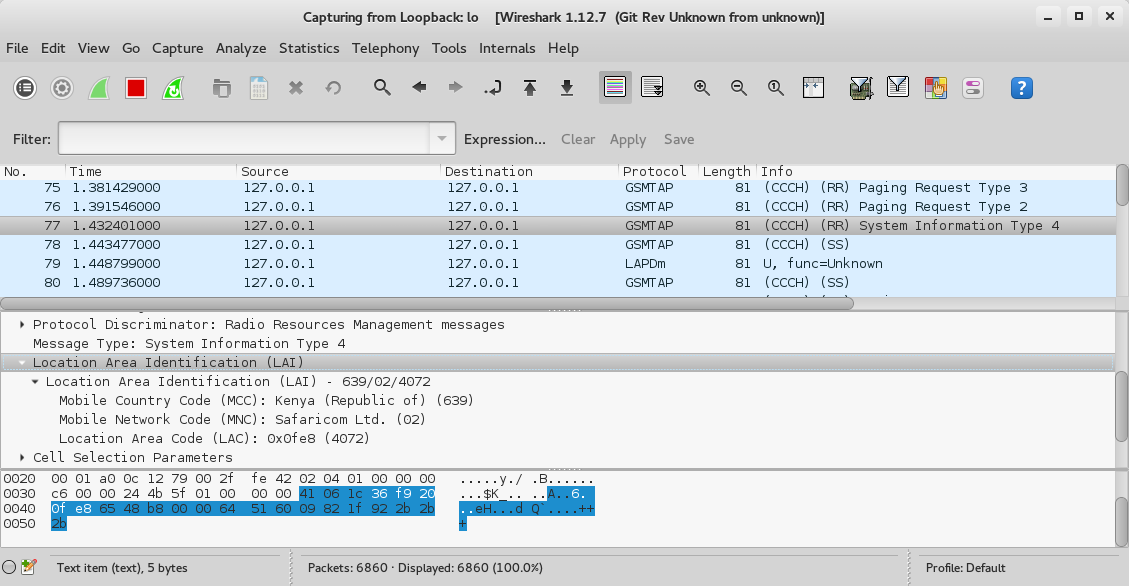

Otherwise, it'll only happen when the network is explicitly configured to let it happen.I would like to utilize the capture filters in Wireshark but have not had any luck finding a filter that would eliminate all local LAN traffic and just show me the Internet traffic.

Simply installing Wireshark is not enough, some other action needs to be taken. But it is possible.ĪRP Spoofing is the only way for a computer with no special network privileges to sniff another network node's traffic, and that depends on whether or not the network switch defends against that kind of action. Again, the names vary, and the network topology has to be just right. Different Subnet entirely If Computer B is on a different subnet entirely, the only way this works is if the router core support a remote monitoring solution.


Clients that accept the ARP packet rewrite their IP:MAC-Address lookup table with the bad address in it, and proceed to send all off-subnet traffic to Computer B. Computer A issues an ARP packet telling the subnet that it is actually the gateway address, even though it isn't. Same Switch, evil method If both computers are on the same network switch, and the switch is not terribly secure, it is possible to perform what's known as a ARP Spoofing attack.That will allow Wireshark on Computer A to see the traffic. Same Switch, good method If both computers are on the same network switch, and the switch is managed, it is probably possible to configure it to span/mirror/monitor (the terms change with vendor) traffic for Computer B's port onto Computer A's port.There are several ways of getting it there. if your network supports it, the network itself can show Computer A the traffic for Computer B, and from there Wireshark can grab it. In general, no, Wireshark can't sense that traffic.


 0 kommentar(er)
0 kommentar(er)
